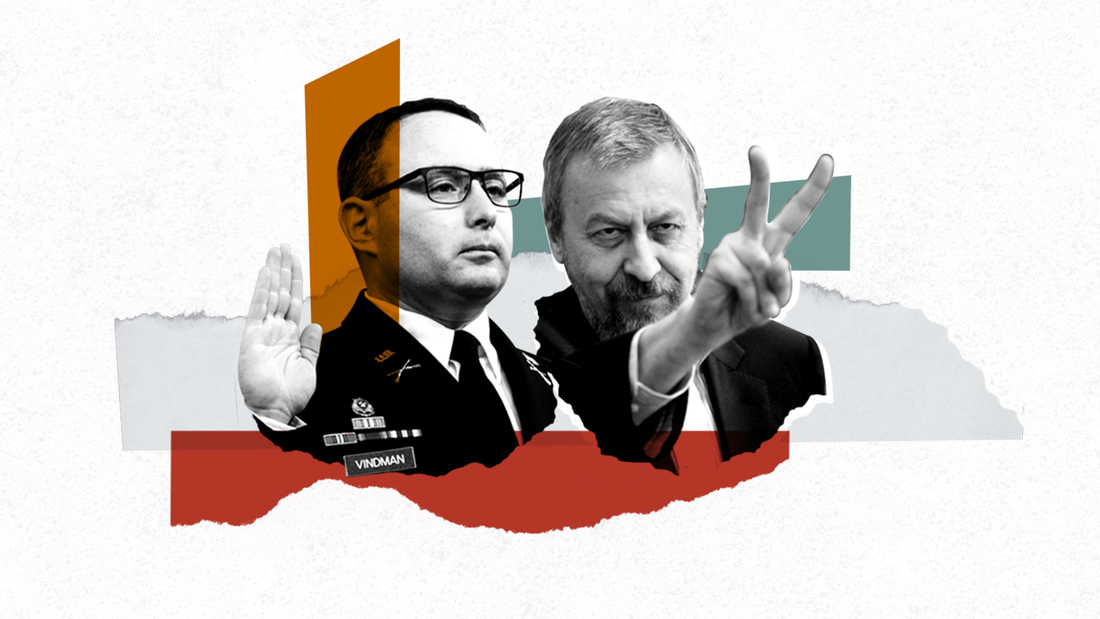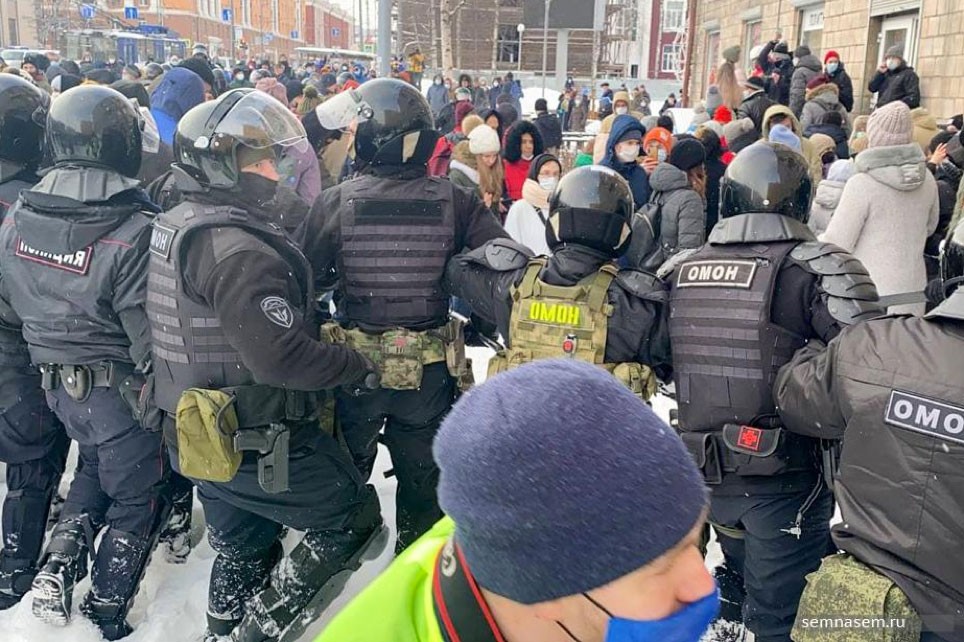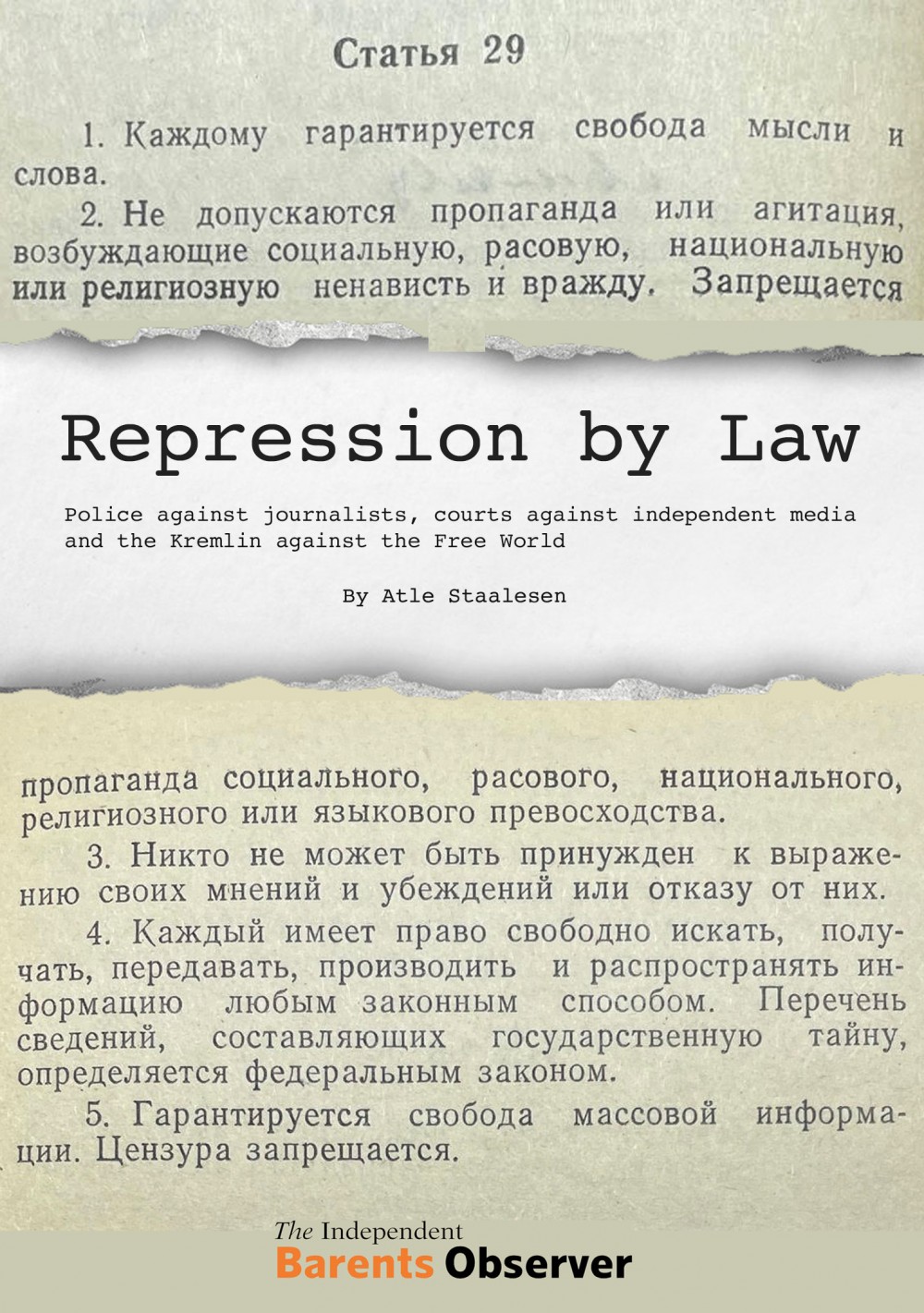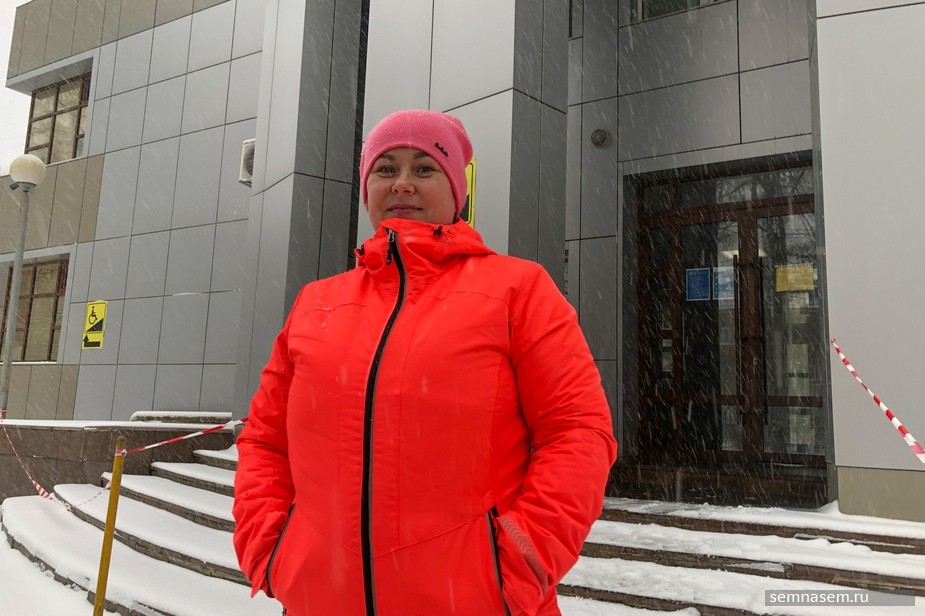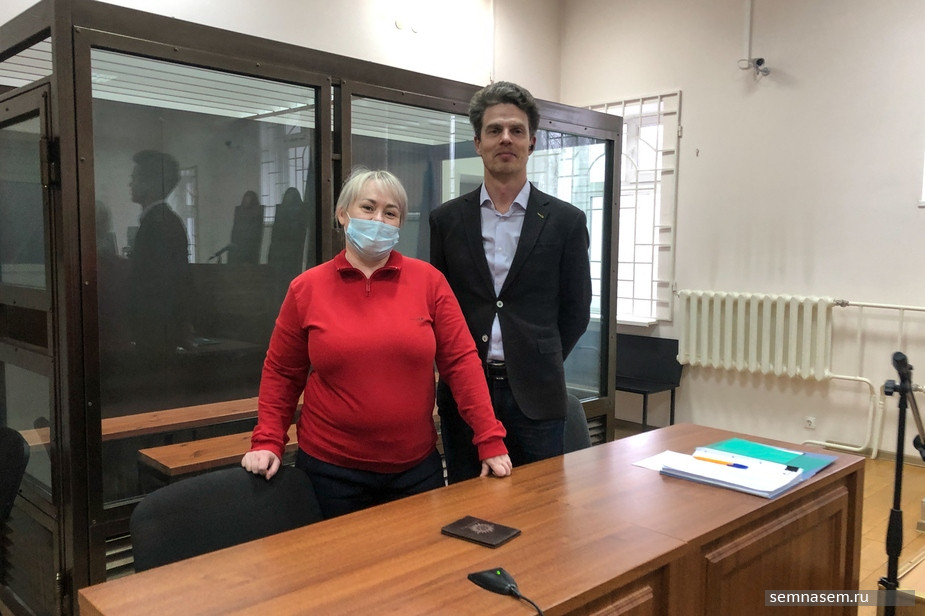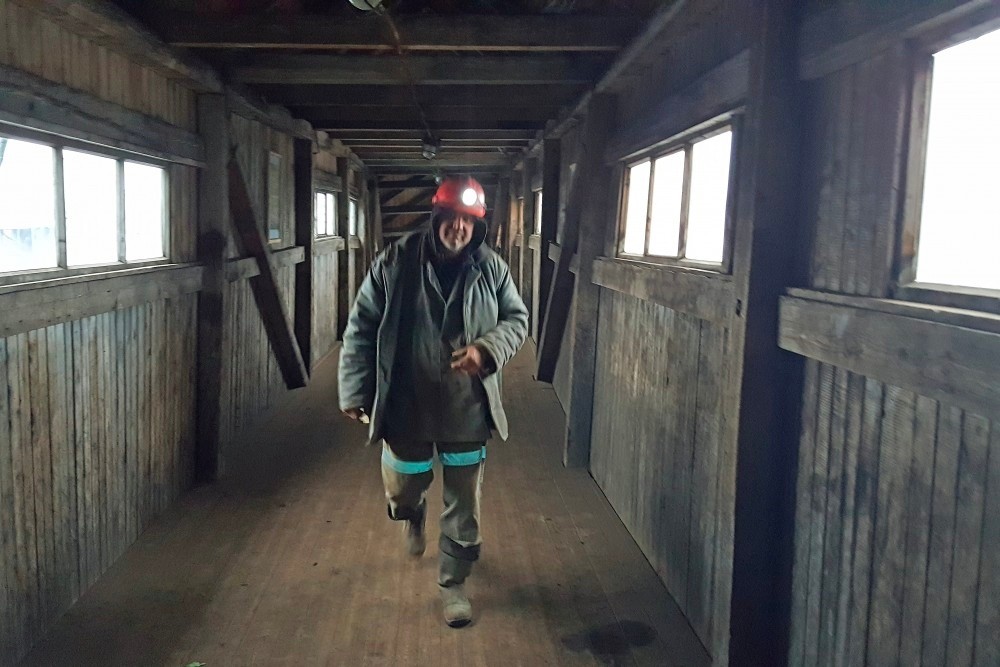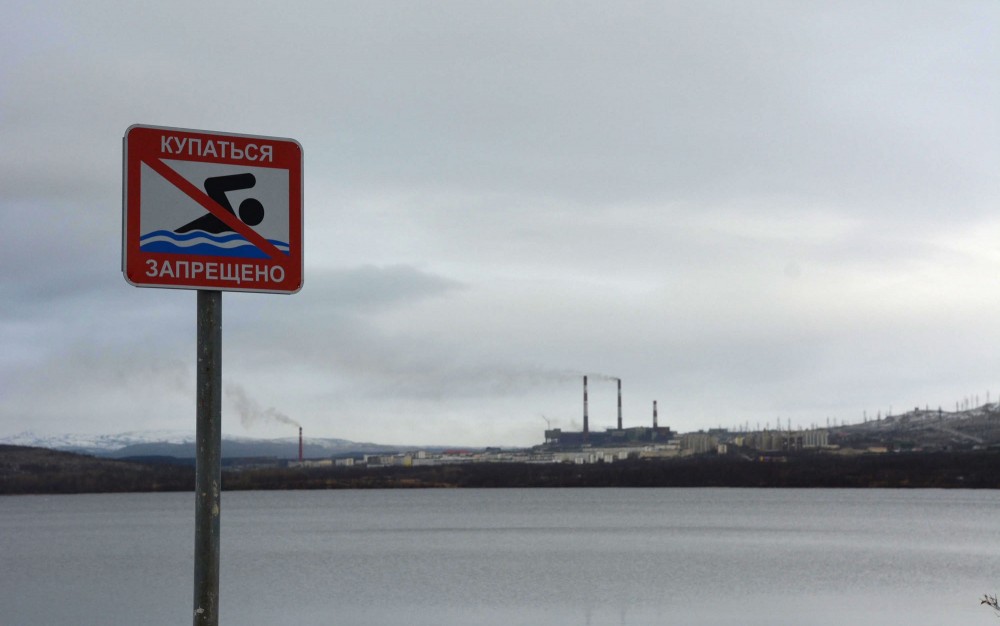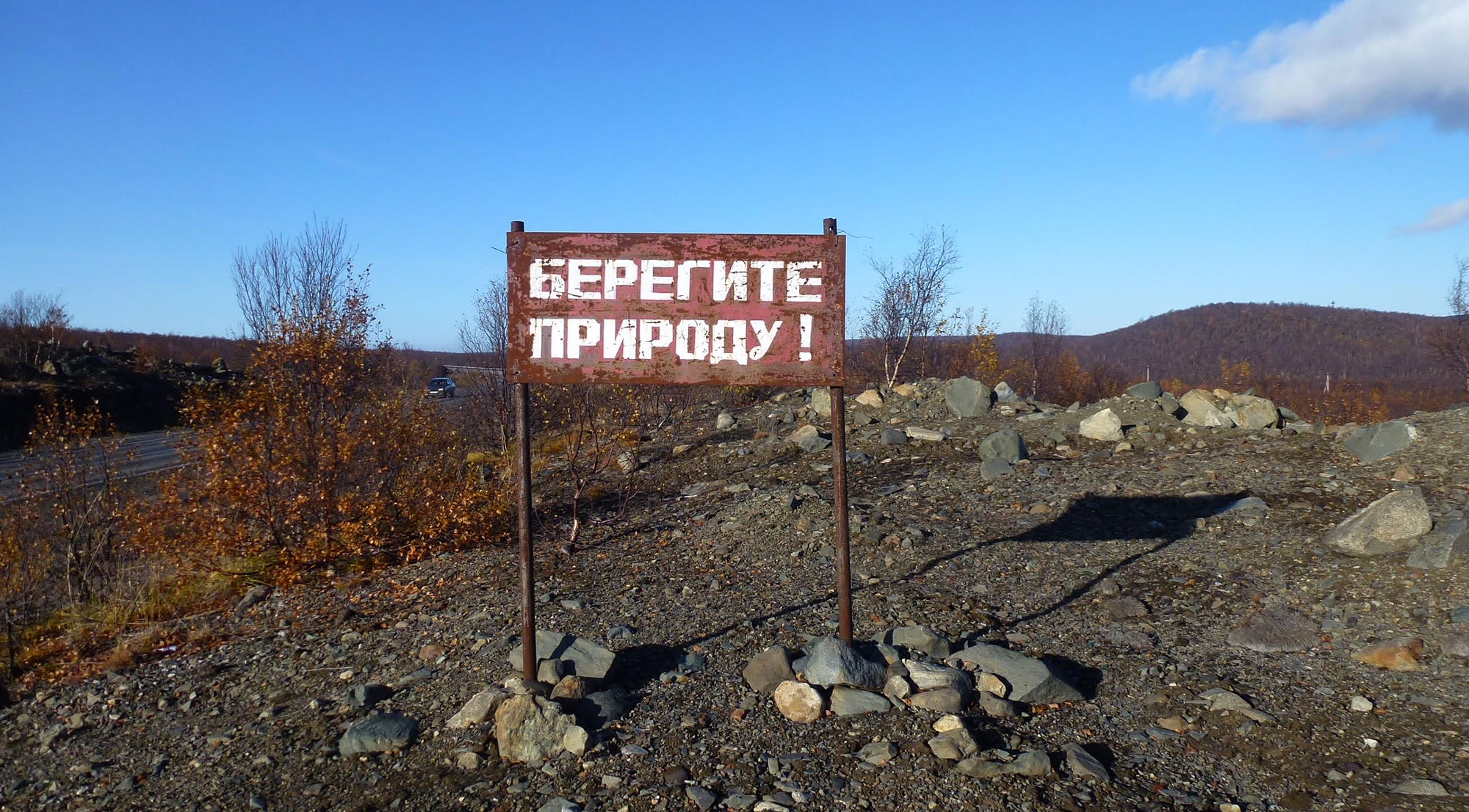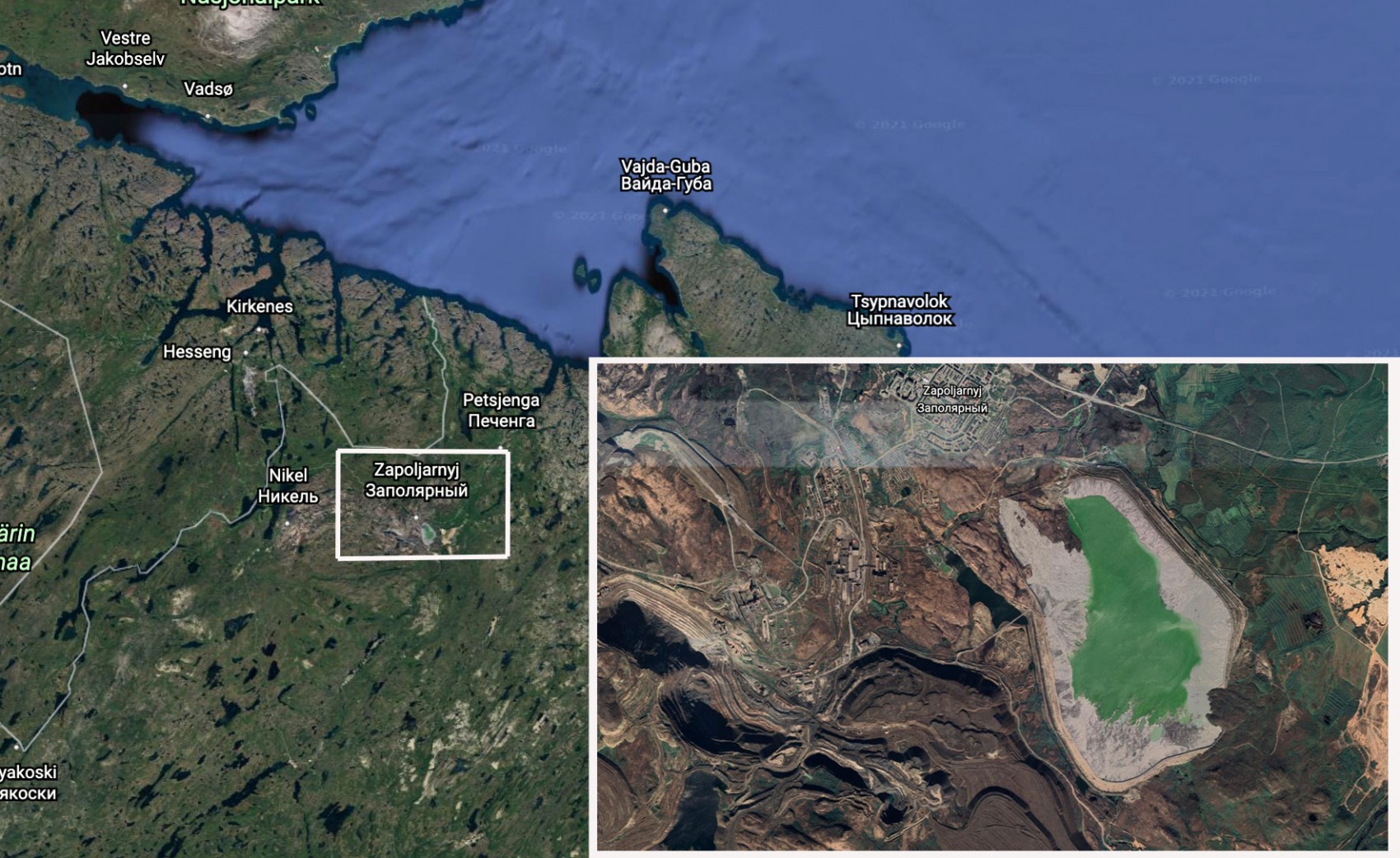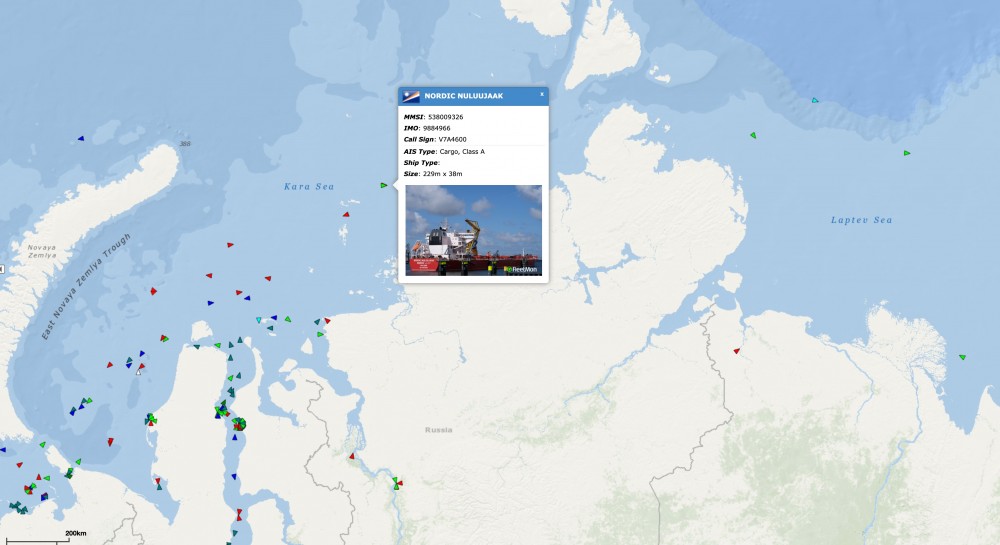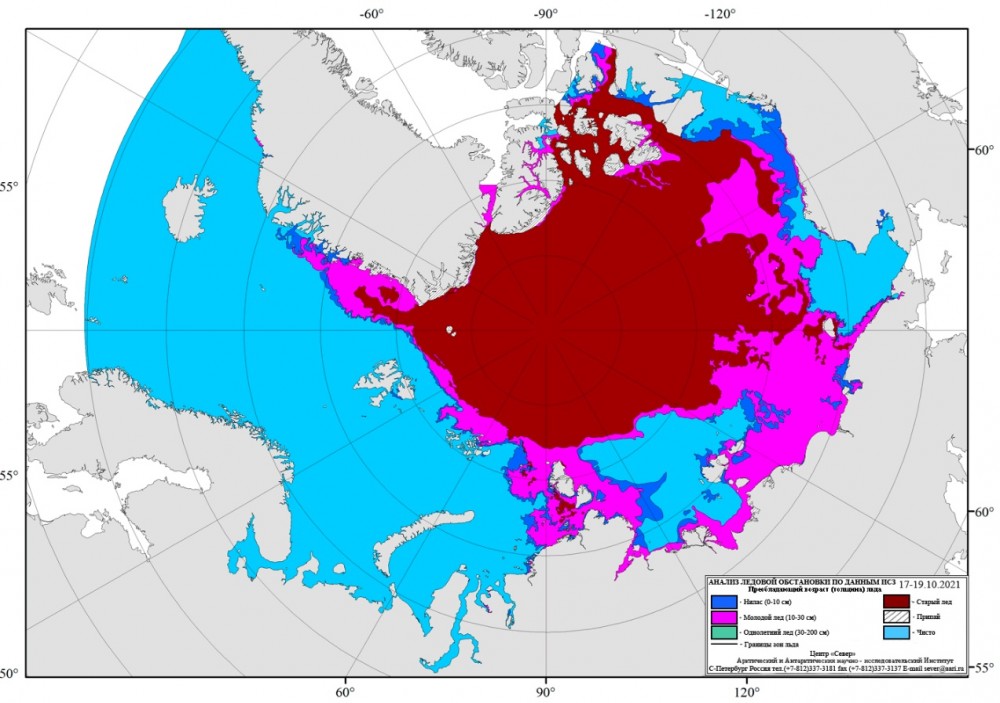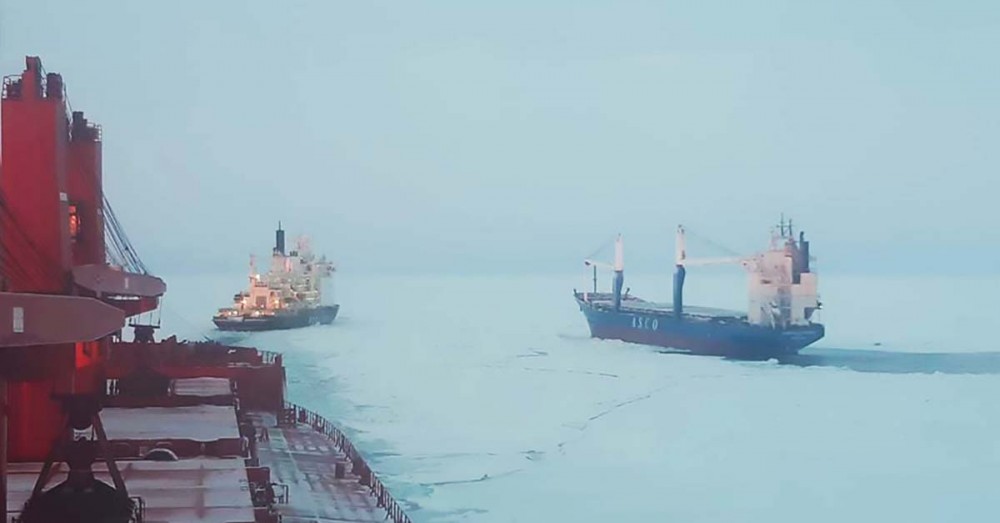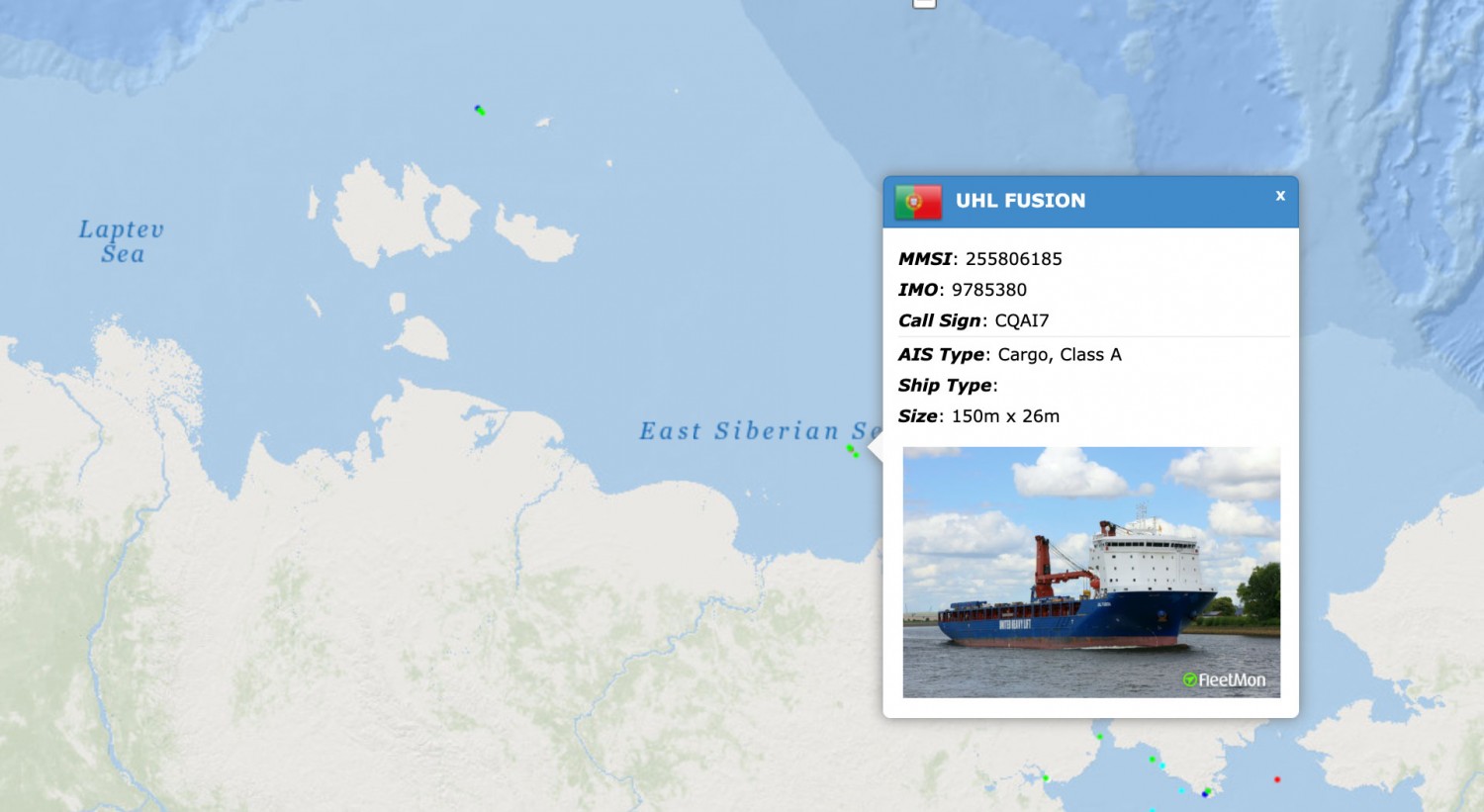Alexander is a whistleblower. He sacrificed his military career when he
reported former President Donald Trump's threats to withhold support from Ukraine if Ukrainian President Volodymyr Zelensky did not help him dig up dirt on the Bidens.
Andrei is a dissident. He resigned from the Belarusian government in 1996 in protest the rising authoritarianism of President Alexander Lukashenko. In 2010, he dared to run against Lukashenko for President of Belarus.
From our experiences, we have learned that when coming to democracy's defense, whistleblowers may pay with their careers, but dissidents often pay with their lives.
In Alexander's case, independent media sought out the truth and Congress called on him to
testify. While he suffered
professional consequences, the government never imprisoned or threatened his life.
In Andrei's case, Lukashenko had him
detained and tortured. He
was beaten, refused medical care and pressured to kill himself. Andrei was only
released after more than a year in prison when coordinated sanctions from the EU and US appear to have grown too great for Lukashenko's regime to bear. (Though Lukashenko has not commented on Andrei's case, in a 2012 interview in which he declared himself a dictator, he
denied claims of holding political prisoners.)
Although whistleblowers and dissidents play a critical role as truth seekers within society, our stories exemplify the sobering reality that we cannot effect change without additional support. Simply put, whistleblowers and dissidents can act as the catalysts for change, but it is the broader public that can alter the course of history.
In the US, that knowledge and belief ebbs and flows. During moments of widespread grassroots mobilization and public outcry -- including the Black Lives Matter
protests, March for Our Lives
protests, Women's March
protests, as well as historic voter turnout during the
2018 midterm elections and
2020 presidential election -- the public has created the push for systemic reforms to American democracy.
An important fact to remember in this discussion is that these democratic demonstrations in the US have been
largely peaceful. Protesters and grassroots organizations in the US are usually not forcefully repressed, and movements are allowed to develop organically. Like Alexander, people can generally speak out against injustice without fear of a government crackdown.
This has been a critical element of the ongoing fight against anti-democratic forces, as well as a key feature of the American system, which has been flexible and resilient in responding to the will of the people during tumultuous periods.
But the risk of political lethargy following the departure of former President Donald Trump is not something to be written off. Trump holds significant influence over the Republican Party -- and Trumpism will undoubtedly
be on the ballot during the 2022 midterm elections.
American complacency has both short-term and long-term consequences. While in the short term, some proponents of the "Big Lie" could win elected office, significant danger lies in the long-term trends -- namely the incremental replacement of more traditional politicians with Trumpian populists and conspiracy theorists.
Three years from now, Trump could be the Republican nominee in the 2024 presidential election, decrying another close election loss. But this time he could have the support of enough state Republican officials complying with his demands to overturn unfavorable election results.
We cannot merely address these issues once they have already become realities, as was the case during the surge of civil activism under the Trump presidency. We must be proactive in stemming authoritarianism now.
In Belarus, by contrast, the most brutal form of authoritarianism is already a fact of life. Protests are met with violence. Under the repressive Lukashenko regime, the last vestiges of democratic institutions within civil society are being
eradicated, and the opposition is actively
suppressed.
Much like Andrei,
hundreds of thousands of Belarusians have protested for an end to the Lukashenko regime's authoritarian excesses and a turn toward democracy. Yet their bravery and
sacrifice have not been enough. Protestors have been under maximum pressure for years and need greater external support in order to be successful.
Western governments have the tools and resources to exert increased pressure on Lukashenko and his officials. These governments can raise the costs of Lukashenko's repressions by
tightening restrictions on the regime's ability to abuse Interpol, imposing
additional sanctions,
enhancing Global Magnitsky sanctions for human rights violations or targeting the oligarchs whose networks of corruption support the Kremlin, and by proxy, the Belarusian dictatorship. While this may not be enough on its own to force Lukashenko to negotiate with the opposition, it would demonstrate solidarity with pro-democracy forces while signaling that Lukashenko's regime will face consequences if they act with impunity.
Some, such as the
European Council, say the changes in Belarus have to come from within. But the push for change in Belarus is coming from within. To actually bring about democratic reform, Belarusians will require the collective action of other Western nations committed to the values and principles of basic human rights and freedoms.
The United States could take the lead on this, since it already fulfills an
indispensable role on the international stage as a defender, sponsor and promoter of democracy. It could play a critical role in strengthening Belarusian civil society by providing material and ideological support to the country's pro-democracy elements.
Given the current situation in Belarus, a prudent approach may be to provide financial, rhetorical, and organizational support to the leaders of the pro-democracy movement beyond the borders of the country. Critical figures, like Andrei, and organizations continue to strengthen and empower Belarusian civil society, even in exile. They facilitate a platform for the Belarusian opposition that provides hope for the future and offers a democratic alternative to the illegitimate Lukashenko regime.
It is dangerous and irresponsible to believe that the US can abrogate its duties as the leader of the free world without consequences in the regions of the world where democracy is still struggling to establish a foothold. Belarusians, alongside countless other peoples, look to the US to set an example and represent an ideal worth striving for. American values and interests demand the defense of democracy both at home and abroad.
While the US and Belarus are worlds apart, the Belarusian experience offers a frightening window into a world without basic freedoms. Believe us when we say, American democracy is worth defending, lest it come to resemble something closer to Belarus.

